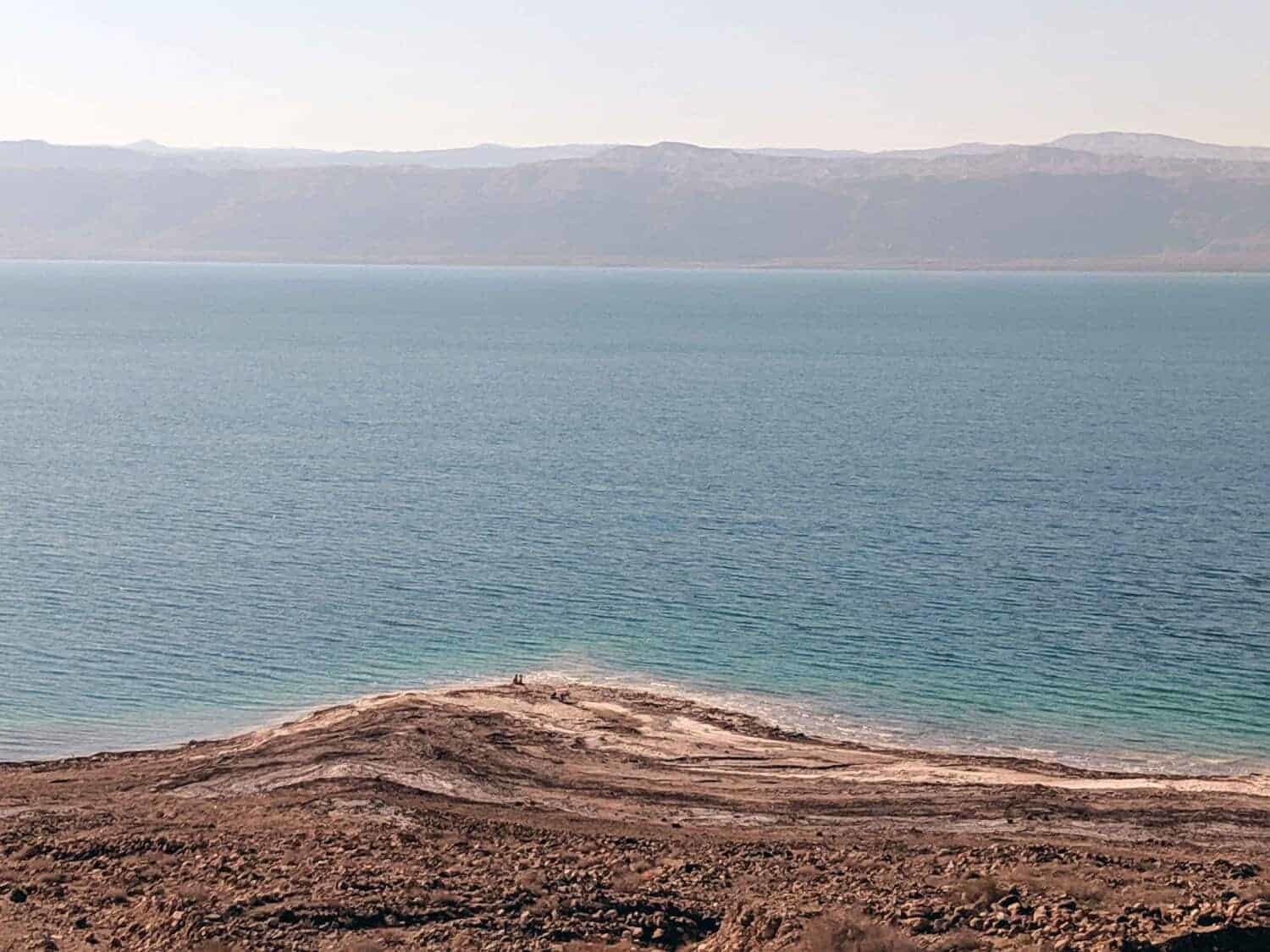What about the Dead Sea?
Many theories exist about how the Dead Sea became a Salt Sea. Many unlearned men suppose that this has something to do with the rainstorm of fire and brimstone poured out upon the Cities of the Plain.
The Dead Sea is located at the most depressed place on the face of the earth. Literally, it is sitting at the lowest point of elevation on the planet, more than 1,400 feet below sea level. The Jordan river flows into the Dead Sea from the north, bringing with it the minerals it has been carrying for about 170 miles from the Hermon Mountains in Lebanon, Syria, and it has been doing this for thousands of years.
Everything is emptied into the Dead Sea, and from there the minerals have nowhere else to go. The waters above or below land cannot travel upwards in elevation. There is no river or tributary flowing out of the Dead Sea. At the lowest place on earth the water is stuck in place. Moreover, all the runoff waters from the rainfall and especially the flashfloods in the region erode the rocks and bring a large influx of minerals into the Dead Sea.
The waters of the Dead Sea are still and quiet compared to oceans. This increases its vulnerability to evaporation. The intense heat of the desert sun rapidly evaporates the water and leaves behind the salt, steadily increasing the salt content of the entire Sea over time. It happens so fast that the Dead Sea is slowly disappearing, even despite the steady inflow of the Jordan river. Given enough time it will eventually be gone. The salt content of the Dead Sea is the end product. It currently contains 50% Magnesium Chloride, 30% Sodium Chloride, 14% Calcium Chloride, and 4% Potassium Chloride. These are completely different kinds of salts than what is created by fire and brimstone, and the salt that is present in oceans.
